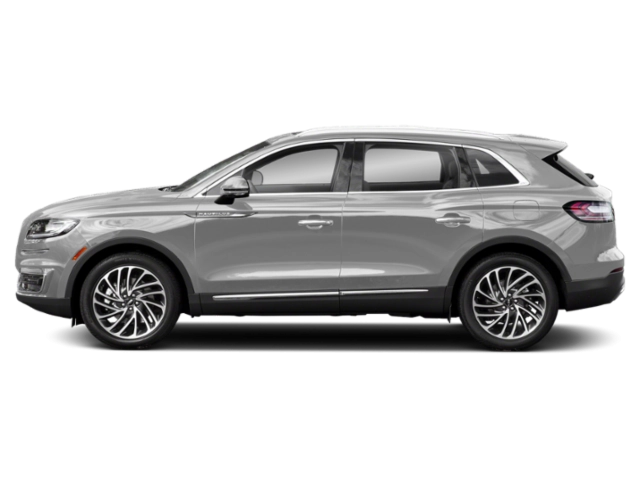2025 Lincoln Nautilus Owner's Manual

Table of Contents
2025 Lincoln Nautilus Overview
Introduction
The 2025 Lincoln Nautilus emerges as a sophisticated blend of luxury and performance, perfectly designed for discerning drivers seeking both comfort and capability. This refined mid-size SUV showcases Lincoln’s commitment to craftsmanship, technology, and driving pleasure, making it an ideal choice for those who embrace the finer things in life. With an elegant design, advanced features, and responsive handling, the Nautilus caters seamlessly to an upscale lifestyle.
Powertrains
Under the hood, the 2025 Nautilus offers a selection of powerful and efficient powertrains. The standard engine is a 2.0-liter turbocharged I-4, which delivers a spirited balance of performance and fuel efficiency. For those craving more power, an optional 2.7-liter twin-turbo V6 engine provides an exhilarating driving experience, boasting robust horsepower and torque. Both engines come paired with an agile 8-speed automatic transmission, ensuring smooth acceleration and a responsive driving experience.
Trims
The 2025 Lincoln Nautilus is available in several well-appointed trims, each tailored to meet the preferences of luxury-minded customers. The base model offers a generous array of standard features, while the higher trims—such as the Reserve and Black Label—introduce enhanced leather upholstery, ambient lighting, and exclusive interior finishes, allowing for a truly personalized experience.
Features
This SUV is packed with advanced technology features, including an intuitive infotainment system with a large touchscreen, seamless smartphone integration, and a premium sound system. Safety is paramount, with an array of driver-assistance technologies that include adaptive cruise control, lane-keeping assist, and automatic emergency braking, ensuring peace of mind on every journey.
Owner's Manual
The owner's manual for the 2025 Lincoln Nautilus serves as a comprehensive guide, detailing the vehicle's features, maintenance schedules, and troubleshooting tips. It empowers owners to maximize their experience with informative insights, ensuring that they can fully appreciate every aspect of their luxurious ride. Comprehensive and user-friendly, the manual underscores Lincoln's dedication to customer satisfaction and ownership experience.
User manual download
The Lincoln Nautilus owner manual for the 2025 model year is to be found in PDF downloadable format on this page. The owner manual for the model year 2025 is free and in English, but the repair manuals are usually not easy to get and may cost more.
Manual Questions
Fill the form below and someone will help you!

